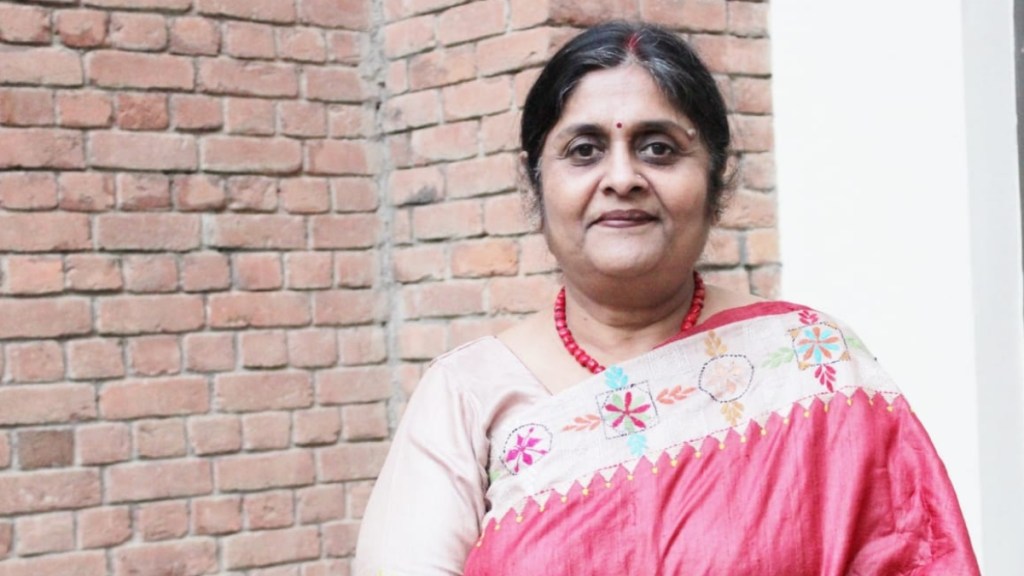By Sujata Shahi
As we look towards the year 2035, it’s clear that the landscape of university education is likely to look very different from what we see today. Technological advancements and changing societal needs will drive innovation in higher education, leading to new models of teaching and learning that prioritise flexibility, collaboration, and real-world experience.
If we talk about the education system in India, it is evident that the Indian educational ecosystem has undergone significant changes over the past few decades. With a growing economy and a young population, there is an increasing demand for higher education in the country. This demand has led to the establishment of numerous universities and colleges, which have contributed to the development of skilled human resources in the country. As we move towards 2035, the future of university education in India is likely to be shaped by several factors.
One of the most significant changes we can expect to see is the rise of online education. Over the past decade, online learning has already made significant inroads into the traditional university space, with many institutions now offering fully online degrees. By 2035, we can expect online education to be even more prevalent, with the vast majority of universities offering some form of online coursework.
When we talk about the achievement of GER by 2035, online education provides great access to higher education for students who might not otherwise be able to attend a traditional brick-and-mortar university.
Another trend we can expect to see is a greater emphasis on interdisciplinary learning or Liberal education. As the challenges facing our society become more complex, the need for experts who can work across multiple fields will only grow. Universities will respond by creating more interdisciplinary programs along with experiential learning that bring together students/faculty and industry from different disciplines and corporate to tackle real-world problems. It will help in the employability of students as they will be equipped with right kind of skill sets.
Finally, universities will continue to focus on diversity, equity, and inclusion. As our society becomes more diverse, universities will need to adapt to ensure that they are welcoming and inclusive environments for all students. This will involve not only recruiting a diverse student body but also ensuring that the curriculum and the learning environment reflect the experiences and perspectives of all students.
Also the focus is a growing recognition of the need for outcome-based education that focuses on the development of specific skills and competencies. This will require universities to redesign their curriculum, teaching methods, and assessment systems to align with the desired learning outcomes.
Keeping in mind our initiatives towards Atma nirbhar bharat, Universities develop entrepreneurial ecosystems and provide students curriculum, technology, consulting , and spinoff. It will make students self-reliant and inspire them to start their own ventures.
In conclusion, the future of university education in 2035 will be marked by greater flexibility, interdisciplinary learning, real-world experience, industry collaboration, and a commitment to diversity, equity, and inclusion. These changes will enable universities to prepare students for a rapidly changing world and ensure that they have the skills and knowledge they need to succeed in their careers and their lives. These trends will require universities to adopt a more flexible and innovative approach to education, redesign their curriculum and teaching methods, and enhance their engagement with the wider community. With the right policies and investments, Indian universities have the potential to become world-class institutions that can contribute to the development of a skilled workforce and the growth of the economy.
The author is Sujata Shahi, vice chancellor, IILM University. Views are personal.


